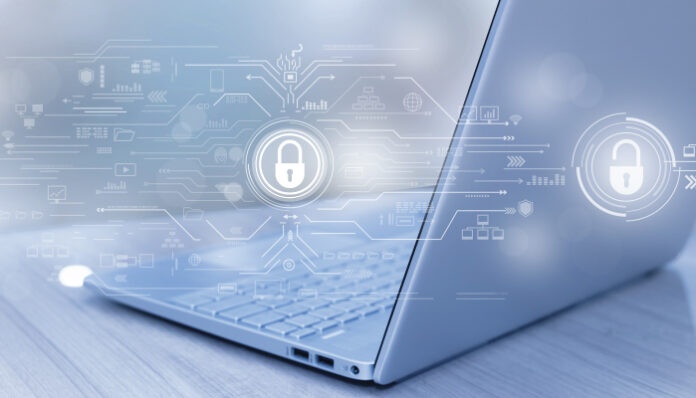Many leaders fail to see the big picture when defending against cyber threats, even though most businesses understand the value of C-suite participation and support of enterprise cybersecurity.
The C-suites of many large companies are now regularly discussing cybersecurity strategies due to the rising number and expense of cyber-attacks. However, the C-Suite is often tempted to believe security vendors and consultants when they make bold claims about defeating cyber threats, thinking this will be sufficient to keep their organizations secure. Unfortunately, relying excessively on blanket approaches and assumptions can jeopardize efforts to secure the company.
Here are some key misconceptions the C-suite must be aware of before making crucial decisions.
Achieving Zero Trust is Easy
The idea behind Zero Trust is straightforward: as the name suggests, trust is no longer given to anyone automatically, whether they are inside or outside of the enterprise network. Before being granted access to enterprise resources and services, an endpoint user must prove that they are not compromised.
Also Read: Risks and Challenges of Migrating to Zero Trust Architecture (ZTA)
While this can undoubtedly be a useful security measure, most organizations find it difficult to deploy a full Zero Trust Architecture(ZTA) in practice. Zero trust cannot transform an enterprise overnight. As ZTA needs integration across several assets and security systems while the organization is subject to daily threats, it might take a company many years to make the switch from legacy security models to ZTA. Zero Trust is an effective security architecture, but implementation is more difficult than vendors may care to admit.
Mobile security is Not Mandatory
For several years now, smartphones have been a crucial part of everyone’s personal and professional lives. Mobile device security, however, is not a top priority for many companies and third-party vendors. Businesses are more aware now that mobile devices are crucial to increasing the productivity of their workforce, but their attempts to protect such devices are essentially falling behind.
Attackers, on the other hand, aren’t ignoring them and are more than willing to identify vulnerabilities to target companies where it hurts. Therefore, C-Suites simply cannot afford to ignore the threats that mobile devices pose to their systems any longer.
Back-ups Mean Companies Are Safe Against Ransomware
Businesses that experienced cyber-attacks discovered how important data backups are. However, backing up data does not make a company bulletproof against ransomware threats.
Human-operated ransomware groups have developed a twofold extortion method that combines the threat of public data breaches with the encryption-based denial-of-access to files. Unfortunately, in the face of these threats, backups are ineffective.
Additionally, threat actors have increased the stakes of extortion to triple them for businesses that are willing to call their bluff. They have begun inundating victim companies with DDoS attacks in addition to the threat of file encryption and leaked data to force them back to the negotiating table. In the double- and triple-extortion ransomware environment, backups are insufficient. Preventing a breach from happening in the first place is essential.
Cyber Security Automation is All Companies Require
Without a doubt, automation and Artificial Intelligence (AI) play a critical role in today’s cyber defense arsenal, disconnecting an endpoint from the network, detecting threats and stopping unwanted processes automatically, and also conducting a selective rollback of the system to a stage before the attack occurs.
However, as organizations scale and evolve, new threats are constantly emerging, and the attack surface is constantly expanding and changing. Cybersecurity professionals who can evaluate edge cases, unknowns, and false positives, as well as analyze, respond, and innovate in the face of new attack vectors, will always be in demand.
Also Read: Strategies to Strengthen the Operational Technology (OT) Cybersecurity Posture
The way forward
It should come as no surprise that C-suite executives across industries are taking cybersecurity seriously but often lack the depth of knowledge to effectively lead their organizations.
The first step is to recognize the top cybersecurity misconceptions. Organizations will be well on their way to cybersecurity success if they implement on-device endpoint protection that provides visibility across the entire infrastructure, decrease their reliance on OS vendors, and retain cybersecurity talent.
For more such updates follow us on Google News ITsecuritywire News. Please subscribe to our Newsletter for more updates.









